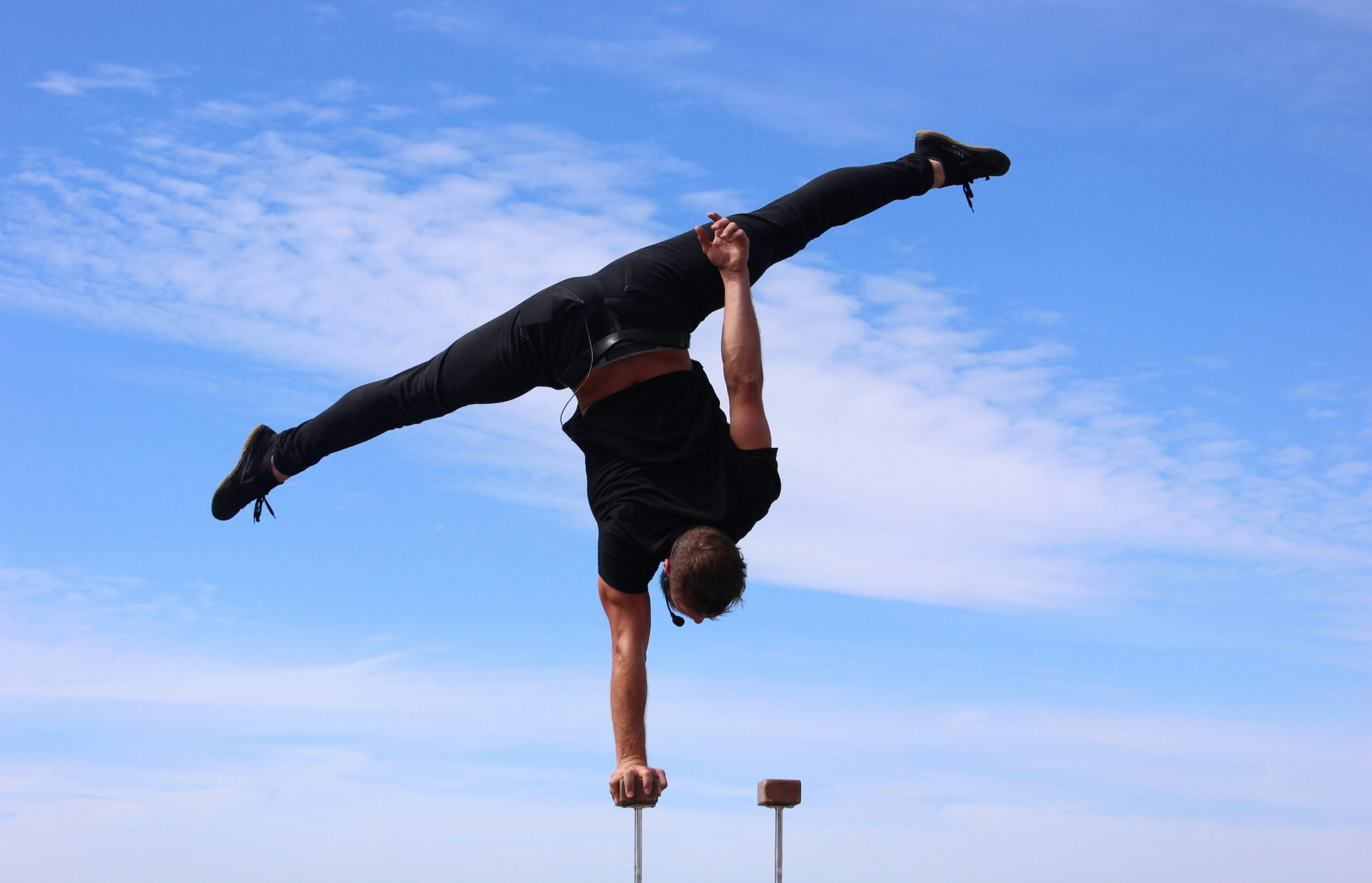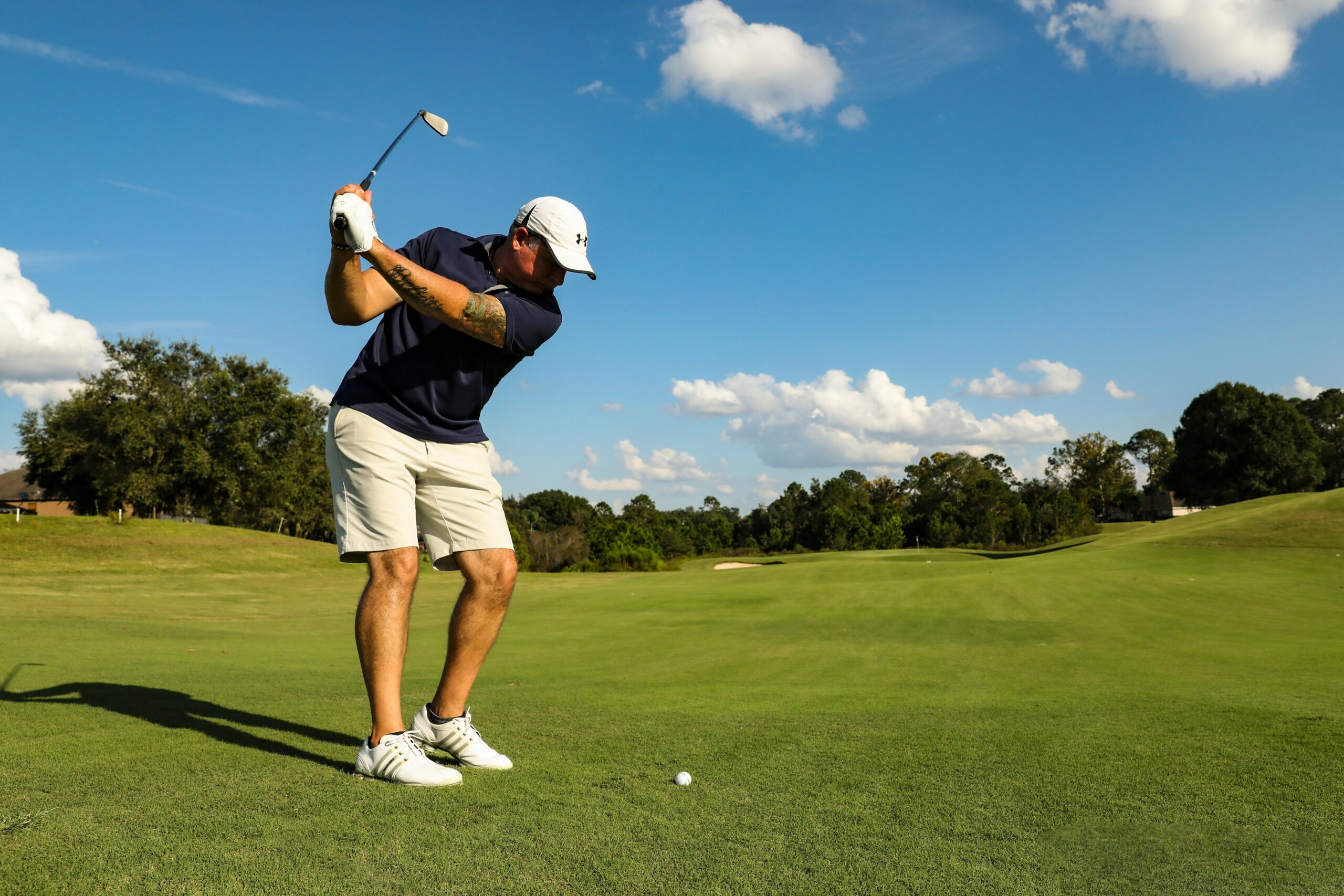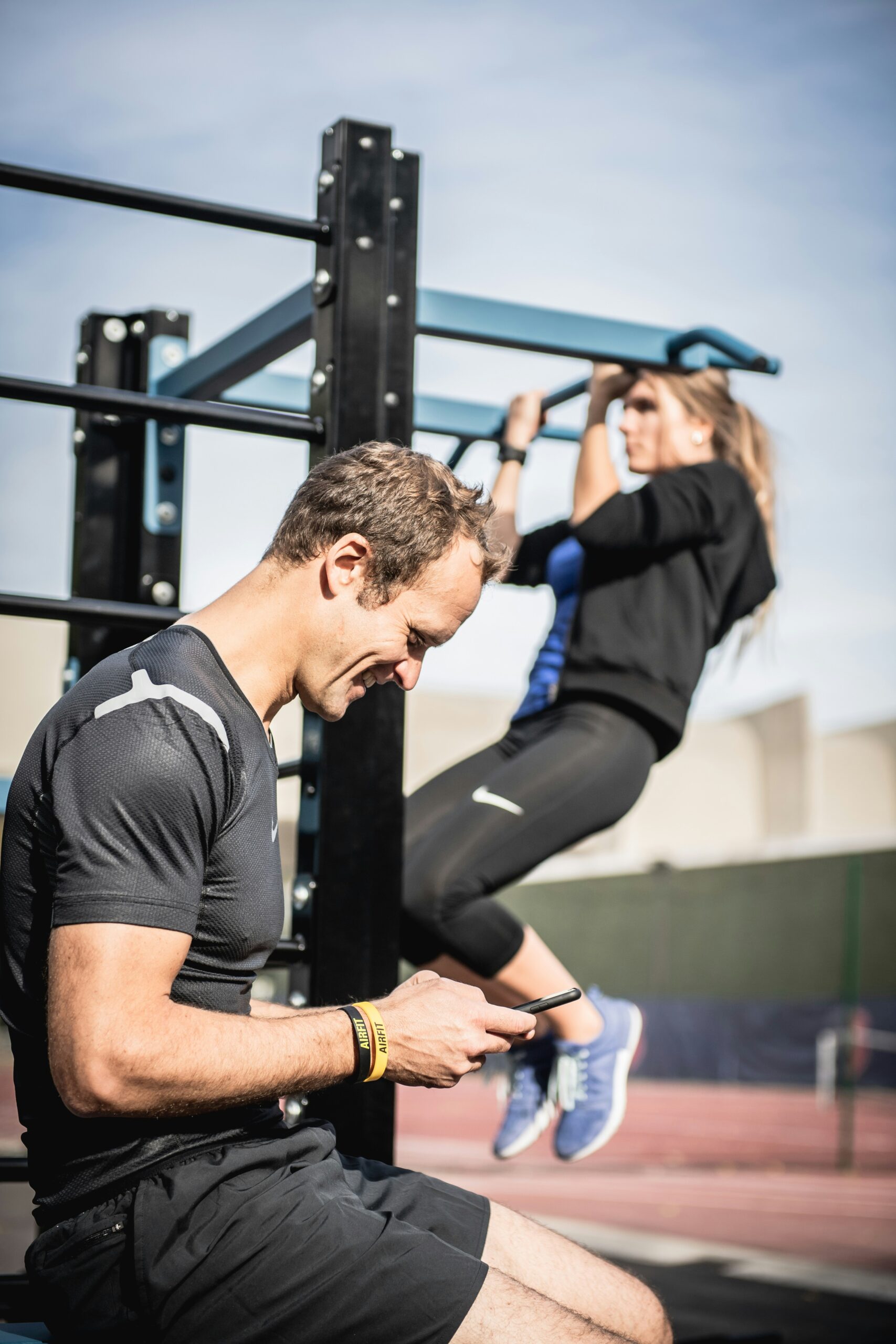Future Trends in Athletic Training Techniques
Introduction
In the dynamic field of athletic training, staying at the forefront of advancements is crucial for optimizing performance, preventing injuries, and enhancing recovery. As technology and sports science continue to evolve, new trends in athletic training techniques are emerging, promising to revolutionize how athletes prepare and perform.
1. Data-Driven Training Protocols
Athletic training is increasingly relying on data analytics to tailor training programs. Advanced sensors and wearable technology provide real-time data on biomechanics, physiological markers, and performance metrics. Coaches and trainers can analyze this data to customize workouts, track progress, and mitigate injury risks effectively. For instance, systems like Catapult Sports’ wearable trackers offer insights into player workload, helping teams optimize training schedules to prevent overtraining and maximize performance.
2. Personalized Nutrition and Recovery Plans
Nutritional science is becoming more personalized, catering to individual athlete needs based on genetic profiles, metabolic rates, and training demands. Technologies such as DNA testing for nutritional guidance and personalized recovery plans are gaining traction. Companies like InsideTracker use biomarker analysis to recommend specific dietary changes and recovery strategies tailored to an athlete’s physiological data, aiming to improve performance outcomes.
3. Virtual Reality (VR) for Cognitive Training
Virtual reality is not just for entertainment; it’s transforming cognitive training in sports. Athletes can now simulate game scenarios in a controlled environment, enhancing decision-making abilities, spatial awareness, and reaction times. STRIVR, a VR platform, collaborates with teams like the NFL’s Dallas Cowboys to create immersive training experiences that replicate game situations, providing athletes with a competitive edge through mental rehearsal.
4. Regenerative Medicine and Biomechanical Innovations
Advancements in regenerative medicine are revolutionizing injury recovery and prevention. Techniques like platelet-rich plasma (PRP) therapy and stem cell treatments are increasingly used to accelerate healing processes and mitigate chronic injuries. Additionally, biomechanical innovations such as 3D-printed customized orthotics and prosthetics are enhancing performance and reducing injury risks by optimizing athlete biomechanics.
5. Artificial Intelligence (AI) and Machine Learning in Performance Analysis
AI and machine learning algorithms are transforming the analysis of athletic performance data. These technologies can process vast amounts of data from training sessions and competitions to identify patterns, predict injury risks, and suggest personalized training interventions. For example, Kitman Labs’ Athlete Optimization System uses AI to analyze athlete data, providing actionable insights to coaches and sports scientists for optimizing training strategies and injury prevention programs.
6. Environmental and Altitude Training
Athletes are increasingly leveraging environmental and altitude training to enhance performance adaptations. Altitude training, whether through hypoxic chambers or high-altitude camps, stimulates physiological changes that improve oxygen utilization efficiency. Additionally, environmental simulations, such as heat and humidity chambers, prepare athletes for varying competitive conditions, optimizing performance in diverse climates and terrains.
Conclusion
As technology continues to advance and scientific understanding deepens, the future of athletic training looks promising. From data-driven insights and personalized treatments to virtual reality and biomechanical innovations, these trends are reshaping how athletes prepare, perform, and recover. Embracing these advancements will not only enhance individual performance but also redefine the standards of athletic excellence in the years to come.




